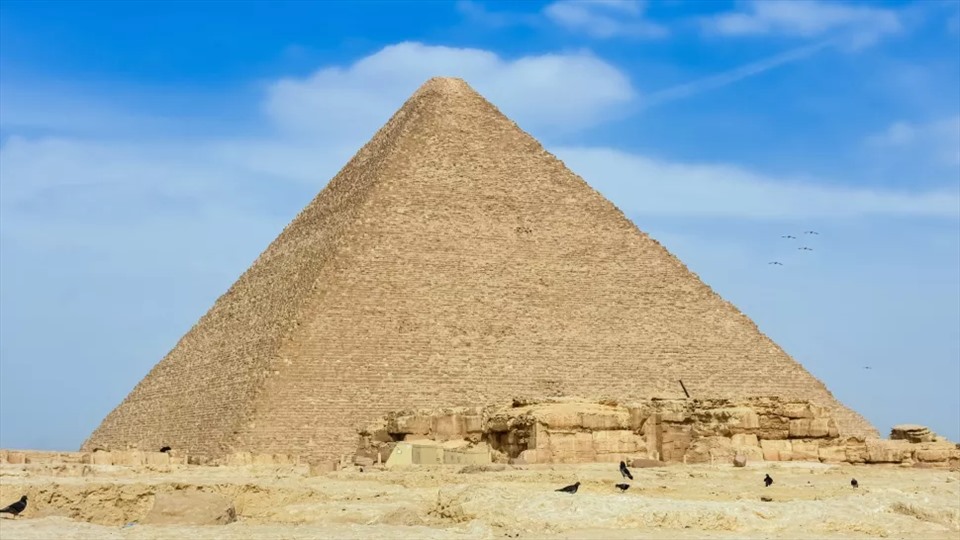Scanning the Great Pyramid of Giza with modern equipment may help reveal what’s inside its two mysterious voids after 4,500 years.

There are many secrets inside the Great Pyramid of Giza. Photo: Smartshots International
The larger void is located directly above the large gallery, about 30m long and 6m high, according to previous pyramid scans. Archaeologists aren’t sure what was inside that void – be it a large area or several small rooms. They also hope to find out the function of the void, most likely the passage to the pharaoh Khufu’s secret tomb. It is also possible that it played some role in the construction of the pyramids.
Earlier scans also revealed a second, much smaller void, just outside the north face of the pyramid. Its function is also not clear.
Built for pharaoh Khufu (reigned circa 2551 BC to 2528 BC), the Great Pyramid of Giza is the largest pyramid ever built in ancient Egypt.

Between 2015 and 2017, the “Scan Pyramid” project performed a series of scans of muons – cosmic particles that frequently fall to Earth – to detect any gaps in the Great Pyramid. tower. Those scans helped detect both gaps in 2017.
Now, a new team is planning to rescan the Great Pyramid, but this time with a more advanced instrumentation that will analyze muons in more detail. Muons are negatively charged elementary particles that form when cosmic rays collide with atoms in Earth’s atmosphere. Scientists can use supersensitive detectors to pinpoint particles and map areas they can’t physically explore, as with the Great Pyramid. From there, discover the identities of the artifacts inside the 2 gaps.
The team has been given permission by Egypt ‘s Ministry of Tourism and Antiquities to conduct the scans, but will have to solicit additional funding for the entire project. They currently only have enough funding to conduct simulations and design a few prototypes. Once they have enough money, it will take them about 2 years to build the detectors and 2-3 years of observations to collect enough data to study the pyramid.








